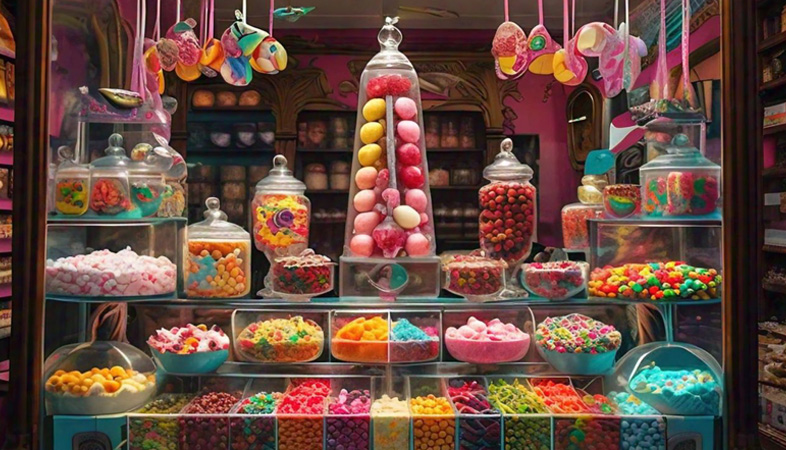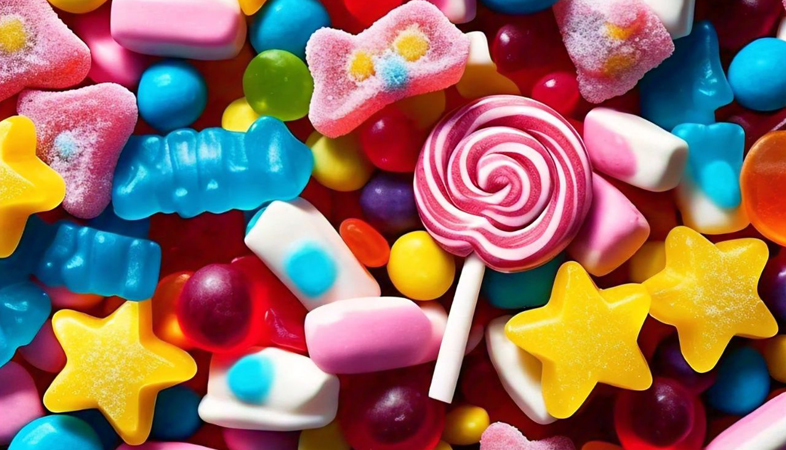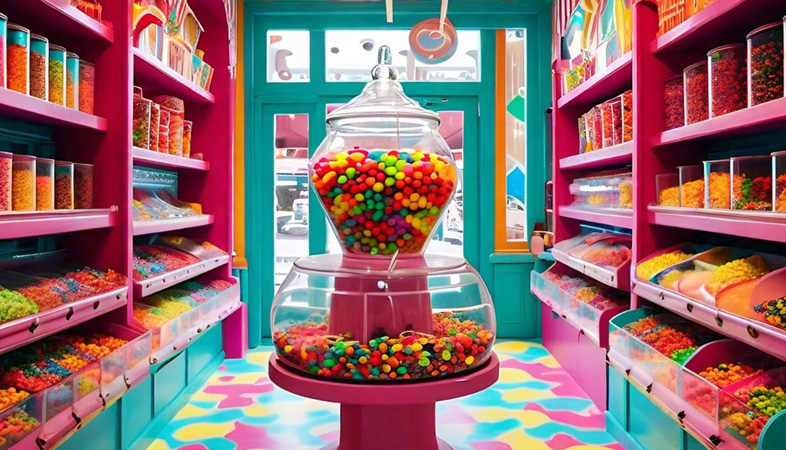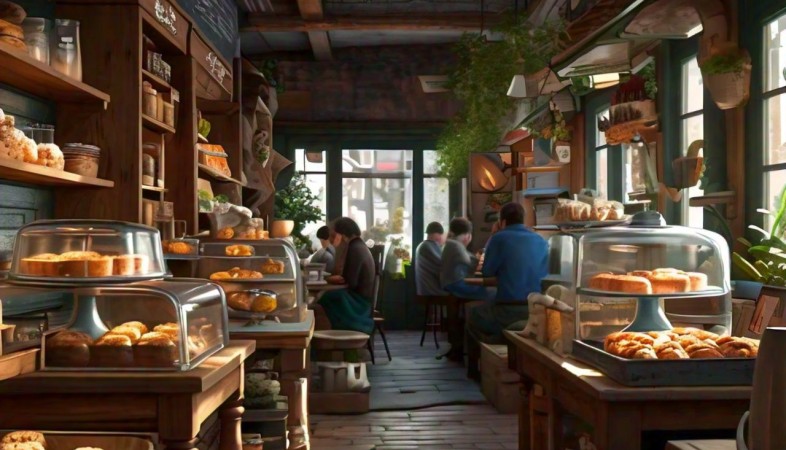SHARE
Commercials
More Posts
May 12, 2025
The Rise of Low-Sugar and Sugar-Free Candies
Feb 11, 2025
Himachali Chana Madra - By Chef Reetu Uday Kugaji
Mar 15, 2025
Rajesh Kumar Takes Charge as Unit Manager at Sodexo
Jan 22, 2025
Stuffed Pumpkin Blossoms - By Chef Subodh Upadhyay
Apr 08, 2025
Schezwan Chicken Gravy Momos - By Chef Rohit Anand
May 12, 2025
The Rise of Low-Sugar and Sugar-Free Candies
Feb 11, 2025
Himachali Chana Madra - By Chef Reetu Uday Kugaji
Mar 15, 2025
Rajesh Kumar Takes Charge as Unit Manager at Sodexo
Jan 22, 2025
Stuffed Pumpkin Blossoms - By Chef Subodh Upadhyay
Apr 08, 2025
.png)

















.jpeg)









